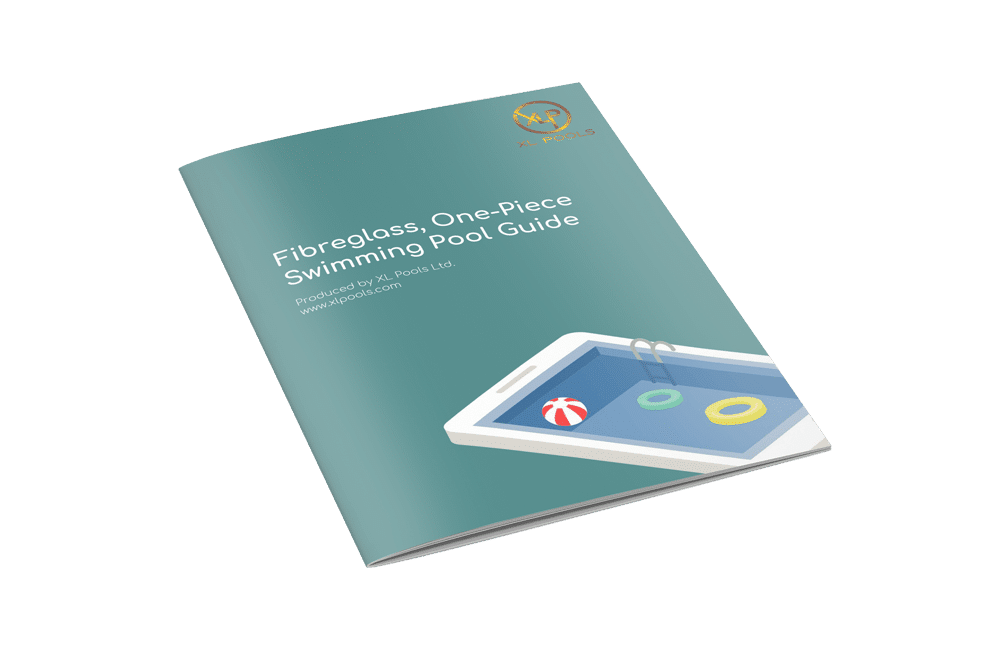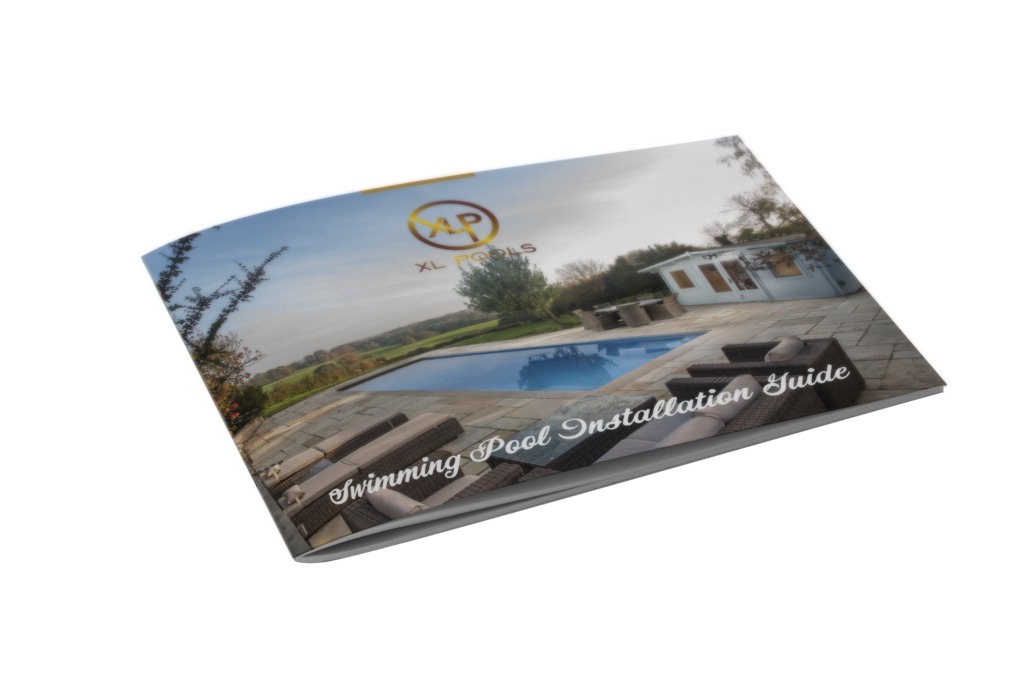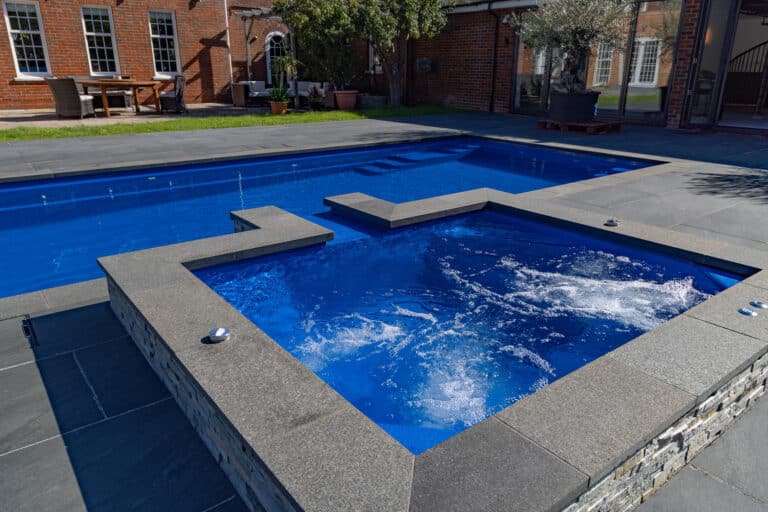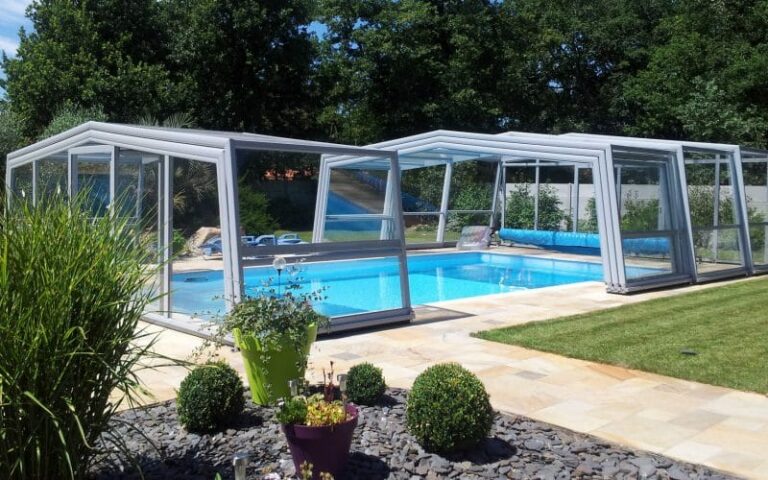[vc_row][vc_column][vc_column_text]Deciding on an appropriate water temperature for your indoor swimming pool is partly a matter of personal preference, combined with consideration for how the pool will be used and bearing in mind water hygiene issues. There’s no definitive ‘correct’ temperature, as it is dependent on so many varying factors. It’s generally thought that the warmer the water temperature, the more comfortable the experience for the swimmers, but this isn’t necessarily always the case. If the pool is to be used for fitness swimming or training, it may be more pleasant to have the water cooler than you might if it’s a relaxation pool, or if there are very young children in the water.
The warmer the water in an indoor swimming pool, the more easily bacteria and micro-organisms can multiply and flourish, therefore the filters will have a harder job keeping the pool clean and healthy. Chlorine is also less effective at higher temperatures, so finding the perfect temperature for your pool is going to be about finding a balance.
Generally accepted recommendations from the Pool Water Technical Advisory Group (PWTAG) supported by its member organisations including the Amateur Swimming Association are as follows:
Recommended Maximum Pool Water Temperature
Competitive swimming and diving, fitness swimming and training 28°C
Recreational, adult teaching, conventional main pools 29°C
Leisure Pools 30°C
Children’s swimming lessons, school swimming lessons 31°C
Babies, young children, disabled 32°C
Hydrotherapy Pools 35°C
Spa pools and Jacuzzis 40°C
The air temperature in the pool room will need to be kept at a similar temperature to the water to minimise evaporation causing water loss and excess humidity, and to ensure that swimmers don’t become cold too quickly once they exit the pool. It’s recommended that the air temperature should be the same as the water temperature or a maximum of 1°C warmer. Do bear in mind that any non-swimmers in the pool room, teachers, supervisors or observers, will be subjected to that temperature, so avoid air temperatures over 30°C to prevent the experience becoming too uncomfortable.
In recent years, the average temperature for indoor swimming pools has crept up, partly due to newer and more efficient heating methods, and partly to create a more pleasant swimming experience. Beware of having your water too warm and cosy though, as you can cause a number of problems:
- Microorganisms multiply faster – up to twice as fast for a rise of 10 degrees C.
- Swimmers get hotter – limiting effective swimming and increasing sweat in the water.
- Increased perspiration will add to the levels of ammonia and urea in the pool producing more combined chlorine. Chlorine demand will increase simply to maintain free chlorine levels.
- Highers energy costs, direct and indirect, are higher.
- More moisture in the pool atmosphere, even when humidity is controlled, with a risk of condensation and possibly corrosion and deterioration of the building fabric, structure and equipment.
Photo Credit:
jypsygen via photopin cc[/vc_column_text][/vc_column][/vc_row][vc_row][vc_column][vc_custom_heading text=”Do you have questions? Enquire now.” font_container=”tag:h2|font_size:2em|text_align:left|color:%230c0c0c” google_fonts=”font_family:Open%20Sans%3A300%2C300italic%2Cregular%2Citalic%2C600%2C600italic%2C700%2C700italic%2C800%2C800italic|font_style:300%20light%20regular%3A300%3Anormal”]







